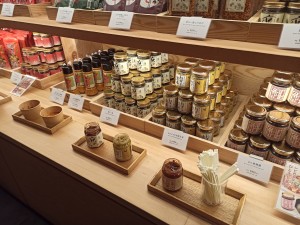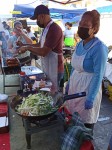




Yakisoba - Japanese soba noodles with vegetables and meat. However, that are not ‘just’ noodles with vegetables and meat. No, definitively not. Here, in this traditional Japanese dish, the preparation method and used sauces are the most important things. Without them, yakisoba noodles would not be the same. That said, nobody can say that it is easy. There is no doubt in it. It is a little bit like calling everything that has the same set of ingredients in the same way. So, for example, every meal that would be prepared with long, spaghetti like noodles, with meat and with vegetables would be yakisoba. and that is definitively not true. Just think about a regular spaghetti. It can also be prepared with meat and vegetables, am I right? And nobody calls it yakisoba! Spaghetti Bolognese is spaghetti Bolognese, and yakisoba is yakisoba. And no discussion!
What does yakisoba mean?
The name yakisoba derives actually from two Japanese words – yaki and soba. What do they mean? Yaki defines the method of preparing food. It is like boiling, grilling, or frying food on a pan. On the other hand, we have soba, that is a Japanese type of noodles. Noodles that are made of buckwheat, are long and relatively thick.
Yakisoba - the cooking secret
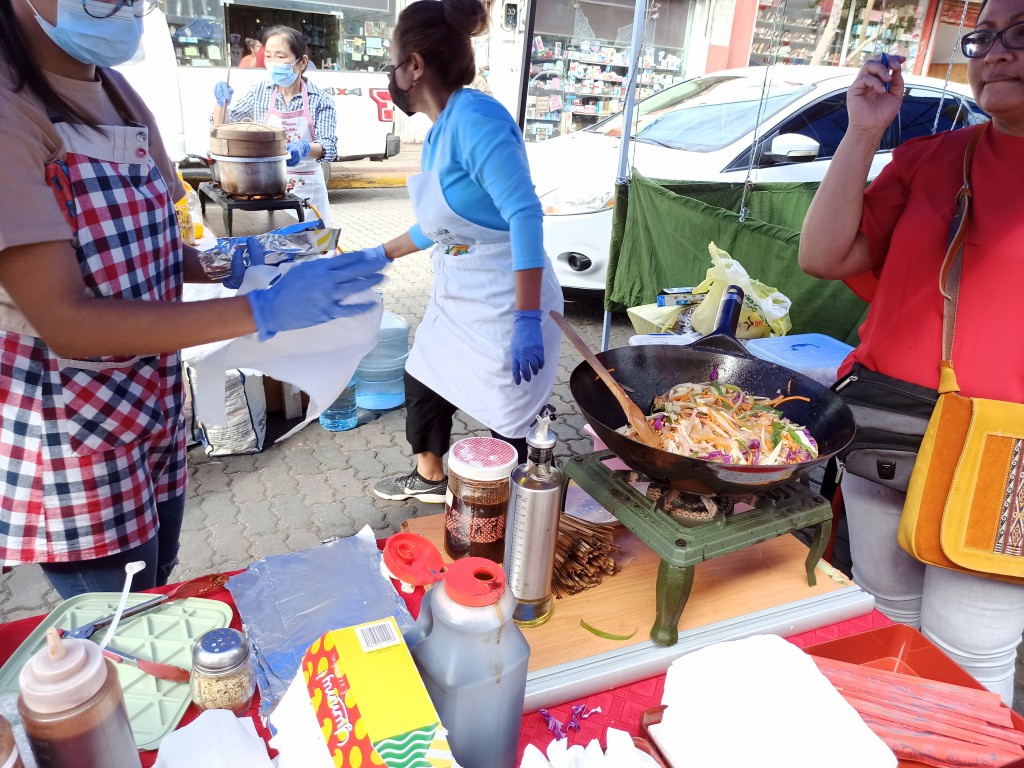
The whole secret in preparing traditional Japanese yakisoba, is in the sauce. It might seem either to be very easy or even unimportant, but that is the clue! Without it, you will never get a real yakisoba. The most important ingredient is sesame oil, and sashimi (a spicy pepper sauce made from seven different pepper varieties). As a substitute, you can also use a spicy sesame oil - La-yu. Only then you can get a meal, that would be at least slightly similar, to a Japanese real yakisoba.
As a substitute, you can also use a spicy sesame oil - La-yu. Only then you can get a meal, that would be at least slightly similar to a Japanese real yakisoba.
Yakisoba noodles are prepared very quickly. The method is relatively simple. Making Yakisoba means boiling soba noodles for just a couple of minutes and then frying them on a pan with vegetables, and optionally with meat. Easy, isn’t it? But remember, if you do not use the proper sauce, you will just get fried noodles. Nothing more. Nothing that at least partially resembles real Yakisoba.
Origin of Yakisoba noodles
Although Yakisoba is a traditional Japanese cuisine dish, it has roots in the Chinese culture. While the name of that dish is completely different, stems are the same. The equivalent of Yakisoba is Chinese Chow Mien. It is not surprising because a lot of Japanese dishes derive from this cuisine, and Yakisoba noodles are just one of many examples.
A short history of Yakisoba noodles
Yakisoba noodle appeared in the Japanese cuisine for the first time at the beginning of the 20th century. They were sold as a street-food offered from trolleys or small local stands. However, till the end of the II World War, they had not reached such a popularity as later.
The reason for that was rather sad. The war destroyed the country. Japan was lacking food. It was deprived of resources. The country was poor, starving and the population was exhausted by military operations and hostility. Food was lacking and people were starving.
As Yakisoba noodles are quite simple and do not need a lot of ingredients, they became popular and affordable for many Japanese people. Yakisoba noodles are mainly made from wheat flour and water. While other foods were missing, wheat was available. Wheat flour was provided by occupants – the United States of America, and this flour was guaranteeing a basic nutrition.
Starting from that time, Yakisoba noodles were becoming more and more popular. They were loved not only by children but also by adults. Finally, they conquered all hearts and became a MUST on all parties, festivals, and celebrations.
Nowadays, this tradition is still alive in Japan and Yakisoba noodles are in almost all restaurants, food shops, supermarkets, and convenience stores. However, if you do not have a chance to try them there, another option is to try Yakisoba in the Asian Street Food Market as for example the one in Santo Domingo, Dominican Republic.
How to serve and eat traditional Yakisoba?
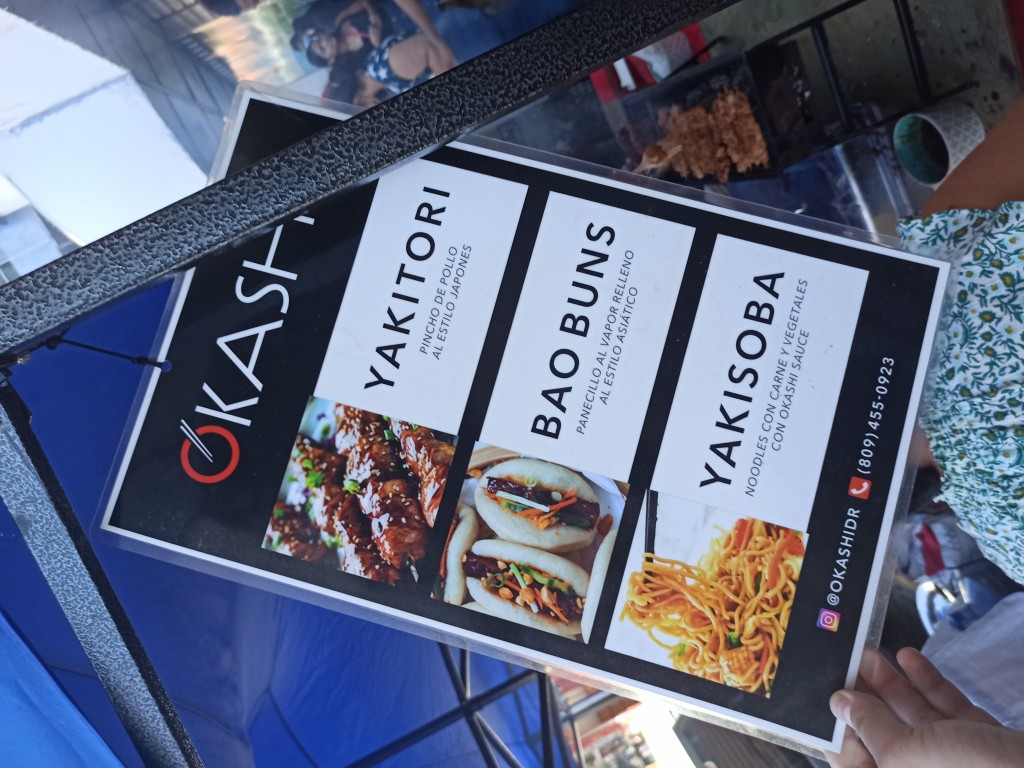
Actually, you can do it however you want. You can grab a ready-to-go box and eat it at home or work. But what is surprising, in Japan, you can also eat it in specialized restaurants and canteens. Well, for you it might not be so strange, but in Japan, siting in the restaurant and enjoying food is not popular. Usually, people just grab the meal and eat it in their own space. They do it either in the office, at home or just at the corner.
If it is about serving Yakisoba, usually these noodles are topped with some bonito flakes, with chopped dill and sesame seeds.
How to make a home-made Yakisoba sauce?
Yakisoba sauce is one of the most important ingredients in Yakisoba noodles. In many Asian food stores, you will be able to buy it, however you can also make it at home. Here is the basic recipe for preparing a home-made Yakisoba sauce.
Ingredients for preparing Yakisoba sauce
- 1 tbsp. Sake
- ½ tbsp. Mirin
- 2 tbsp. Worcester sauce
- 1 tbsp. soy sauce
- 1 tbsp. oyster sauce
- 1 tbsp. tomato sauce
- 1 tbsp. sugar
- 1 tbsp. potato flour - optionally
Instructions for preparing Yakisoba sauce
- Mix all ingredients until you get a homogenous paste.
- Put it into the pot.
- Put the pot with the mixture on fire and heat it.
- Cook it until it thickens.
- If the sauce is still too loose, add some potato flour to get a more glutinous and a stickier sauce.
How to make traditional Yakisoba noodles? A step-by-step recipe
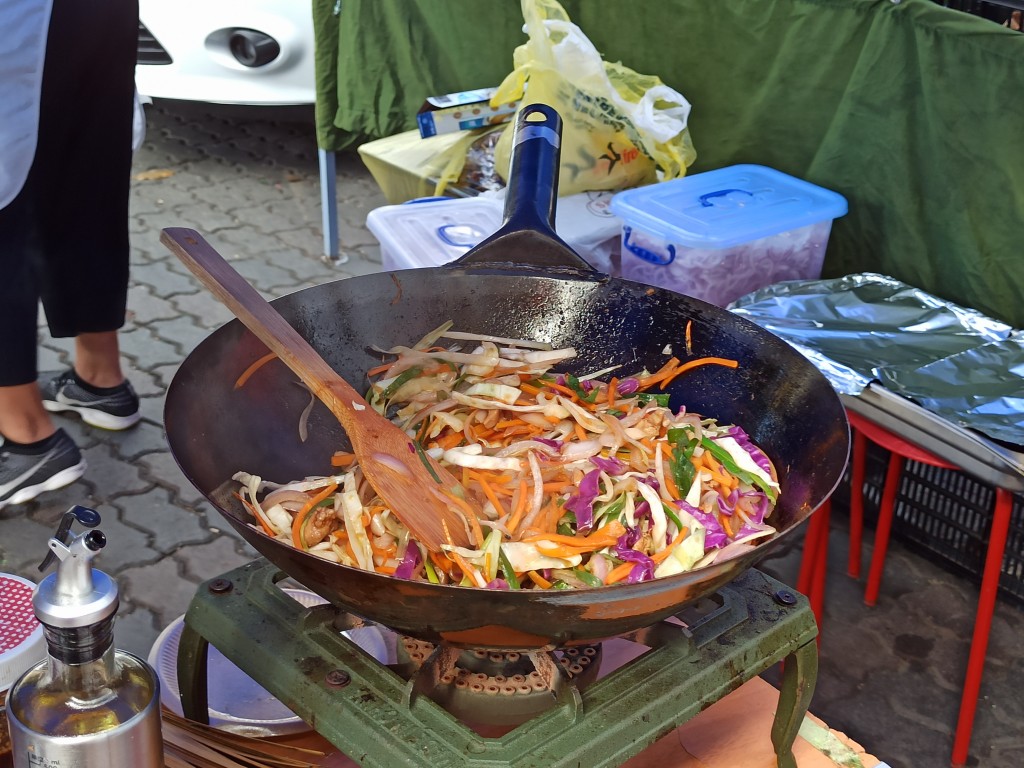
Good news for all loving quick and easy recipes. It is rally easy! Actually, the most difficult part is to make a Yakisoba sauce. So, if you are doing it for the first time, you might skip making it at home, and try to buy it in any Asian food shop. However, after you run out of it, do it at home. Buying an original one and trying at least one bottle of it, will give you some idea of how your sauce should taste like. Then with every next preparation, you could improve your recipe and try to make it as similar to the original one as possible. The recipe how to make a Yakisoba sauce is above. So, keep it for later!
Ingredients for preparing traditional Yakisoba noodles
- 300 g Yakisoba noodles
- 300 g meat – use chicken breast, pork or beef
- ¼ cabbage
- 1 carrot
- 2 garlic cloves
- 1 onion
- 3 shiitake mushrooms
- Yakisoba sauce
- powdered nori seaweeds or aonori
- bonito flakes - katsuobushi
Step-by-step instructions for preparing traditional Yakisoba noodles
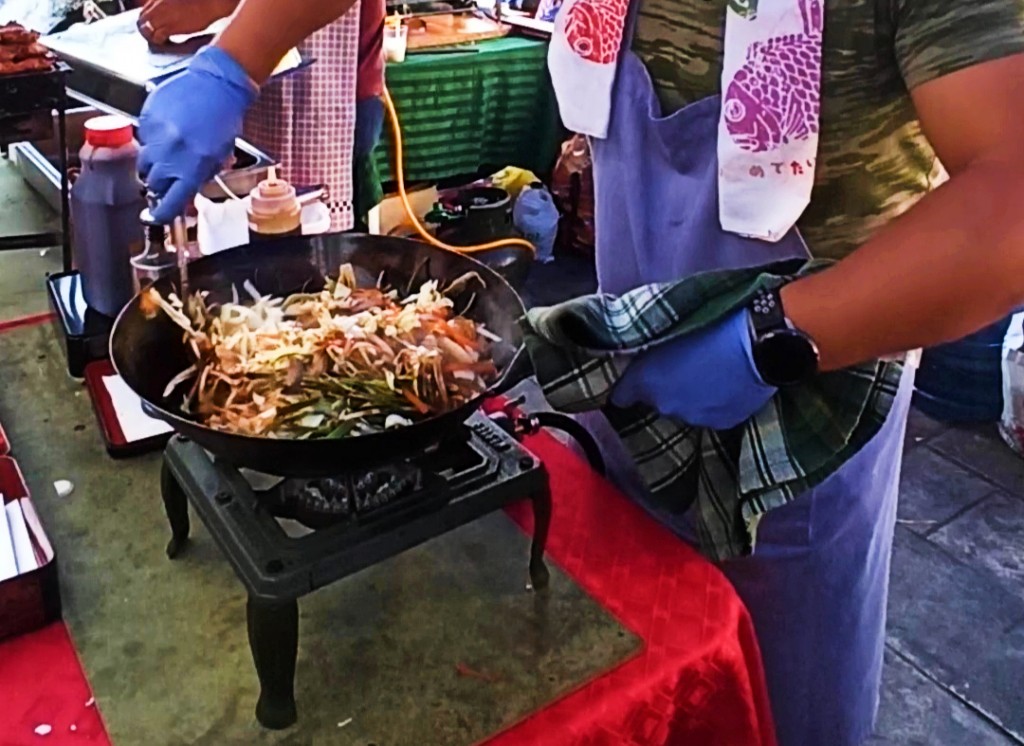
- Julienne carrots
- Slice onion
- Finely cut garlic
- Julienne cabbage
- Slice meat into thin chops
- Put oil on the pan or wok and heat it
- Add onion and fry it for a moment
- Add meat and fry it till it gets soft
- Add julienned carrots and fry it till carrots are half-boiled
- Add julienned cabbage and fry it till all ingredients are soft
- Add garlic and fry for a moment
- Optionally add shiitake mushrooms
- Finally, add pre-boiled but drained Yakisoba noodles
- Let all ingredients mix well
- At the end, add Yakisoba sauce
- Stir and fry until noodles absorb the sauce
- Remove from heat
- Serve on plates and add the topping
- Top with nori seaweeds and bonito flakes
Enjoy your traditional Japanese meal!
Date: 2022-03-01
Author: Beti – A passionate traveler and lover of Asian cuisine, especially Thai and Japanese dishes, Bernadeta brings her culinary and cultural experiences to life in her writing. Beyond her travels, she’s an avid technology enthusiast with a deep interest in data processing, merging her love for exploration with analytical insights.
Photographer: Adalbert – An aficionado of computers and photography, Adalbert captures the essence of diverse cuisines with a discerning eye. A connoisseur of rich flavors and particularly fond of meat-based dishes, he combines his technical skills with his passion for the culinary arts in every shot.




